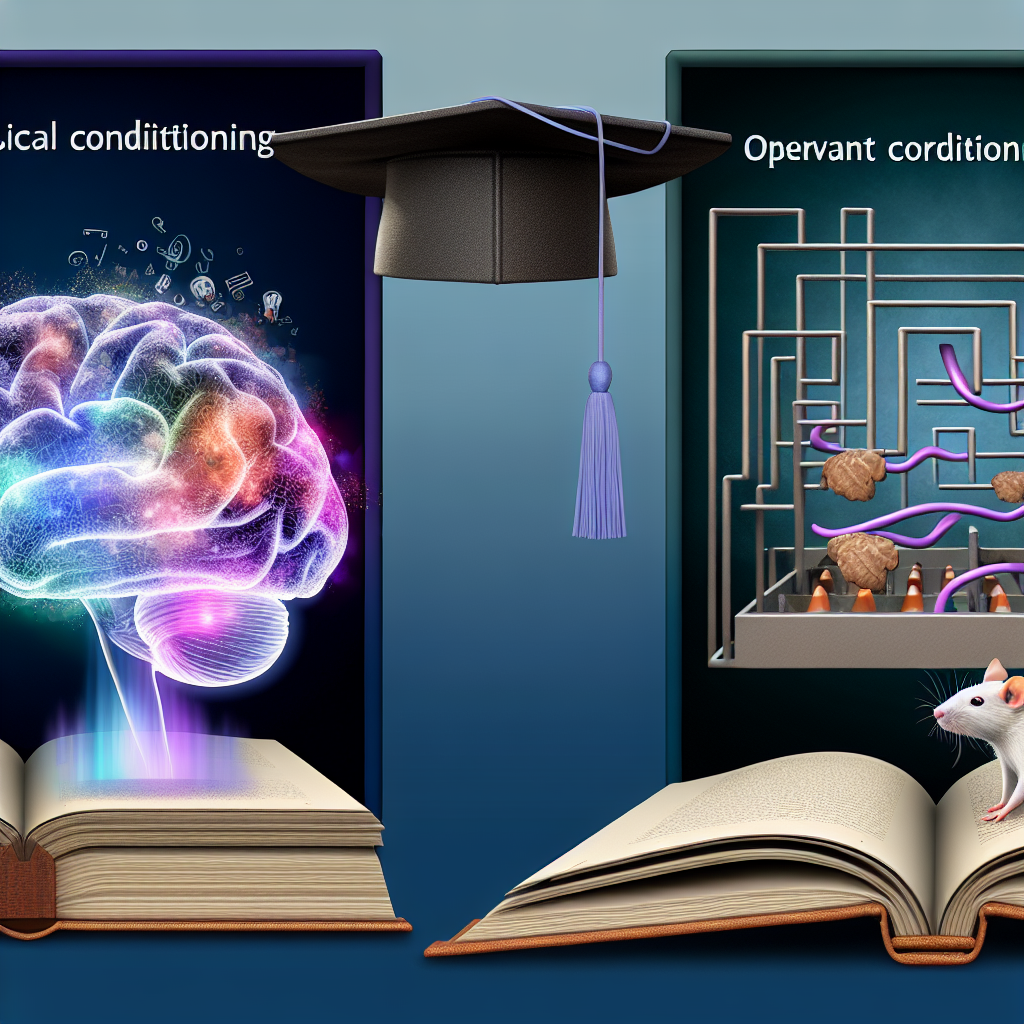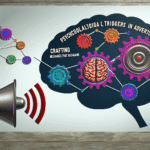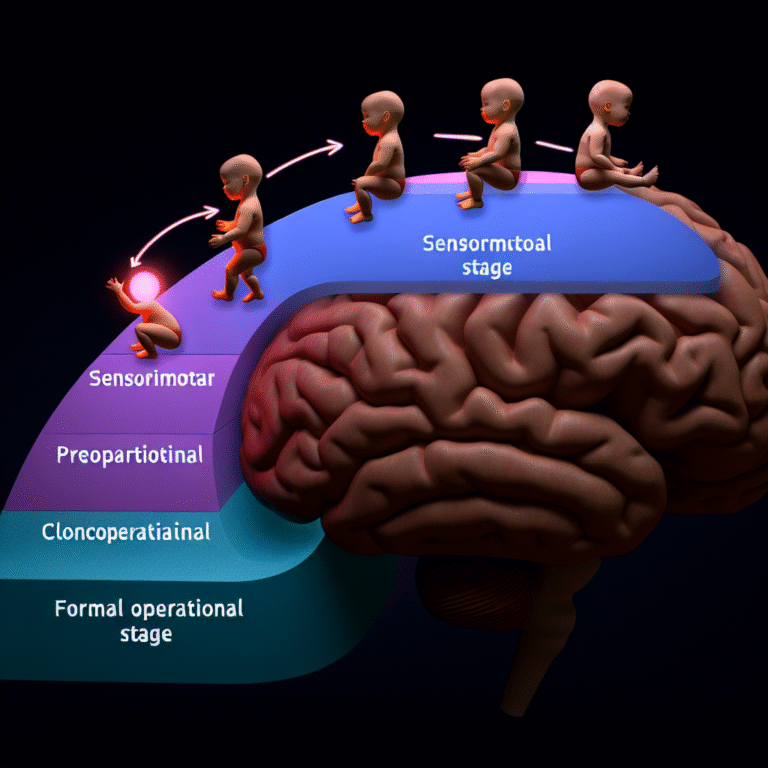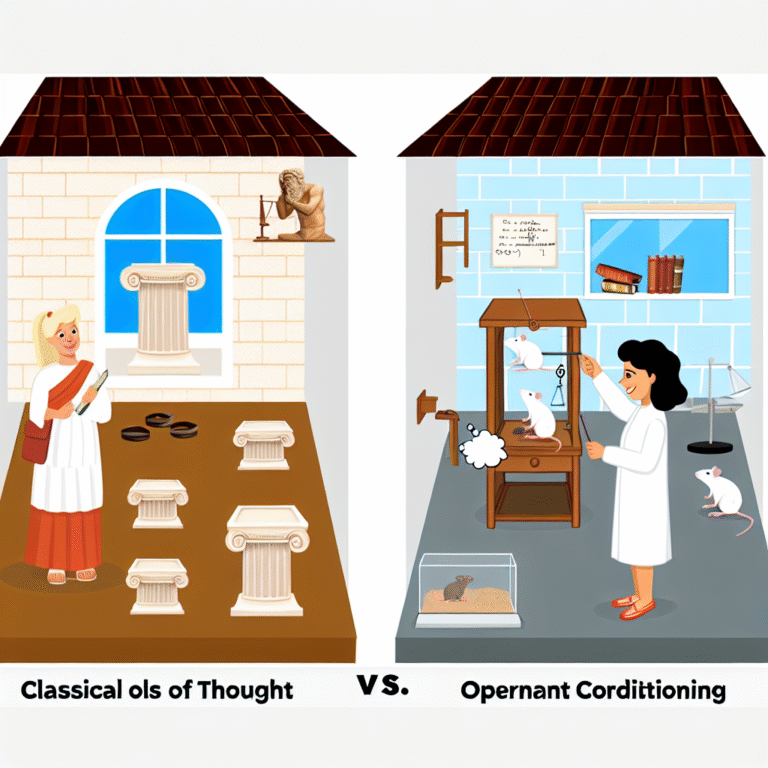
Behavioral Science Decoded: The Ultimate Distinct Worlds of Classical and Operant Conditioning
Introduction
Have you ever wondered why your pet dog gets excited every time it hears the sound of a can opener? Or why people sometimes repeat behaviors that might not even be beneficial to them? Welcome to the fascinating domain of behavioral science, where we decode the intricacies of human and animal behavior using two powerful concepts: classical and operant conditioning. Understanding these theories can not only enhance your journey in fields like psychology and education but can revolutionize how you approach everyday interactions and learning.
In this article, "Behavioral Science Decoded: The Ultimate Distinct Worlds of Classical and Operant Conditioning," we aim to provide you with an extensive understanding of these concepts. We will explore their definitions, unique applications, real-world case studies, and tips for leveraging these ideas in your everyday life.
Understanding Behavioral Science
At its core, behavioral science is the study of human behavior, encompassing psychology, sociology, anthropology, and cognitive science. The field aims to provide insights into why we act the way we do and how our actions could be modified. From changing habits to enhancing learning environments, the applications are virtually endless.
The Importance of Behavioral Science
The relevance of behavioral science is evident – it’s not just an academic pursuit but a key driver for various industries, including healthcare, education, and consumer behavior. By decoding behavioral science, you gain tools for personal development and professional success.
Classical Conditioning: The Foundation of Behavior
What is Classical Conditioning?
Classical conditioning, also known as Pavlovian conditioning, is a learning process that occurs through associations between an environmental stimulus and a naturally occurring stimulus. Developed by Ivan Pavlov in the early 20th century, this theory revolutionized the understanding of behavior and paved the way for various psychological therapies.
Key Elements of Classical Conditioning
- Unconditioned Stimulus (US): A stimulus that naturally evokes a response (e.g., food triggering salivation).
- Unconditioned Response (UR): The unlearned response that naturally occurs (e.g., salivation when food is presented).
- Conditioned Stimulus (CS): A neutral stimulus that, when paired with the unconditioned stimulus, elicits a response (e.g., a bell ringing).
- Conditioned Response (CR): A learned response to the conditioned stimulus (e.g., salivation in response to the bell).
Case Study: Pavlov’s Dogs
Pavlov’s famous experiment involved training dogs to associate a bell with food. Over time, the dogs began to salivate at the sound of the bell, even when no food was presented. This illustrates the power of classical conditioning in developing automatic responses to stimuli.
Analysis: This case study highlights the potential of classical conditioning to form habits or reflex-like behaviors, which can lead to automatic responses in humans as well.
Practical Applications of Classical Conditioning
- Therapeutic Settings: Techniques like systematic desensitization are based on classical conditioning principles and are used to treat phobias.
- Advertising: Marketers often pair their products with positive stimuli (e.g., beautiful images, popular music) to elicit favorable responses.
Operant Conditioning: Shaping Future Behavior
What is Operant Conditioning?
In contrast to classical conditioning, operant conditioning deals with the association between a behavior and its consequences. B.F. Skinner, one of the most influential psychologists on this topic, defined it as a method of learning that occurs through rewards and punishments for behavior.
Key Elements of Operant Conditioning
Reinforcement: Anystimulus that increases the likelihood of a behavior being repeated.
- Positive Reinforcement: Adding a desirable stimulus (e.g., praise or rewards) after a behavior to increase its frequency.
- Negative Reinforcement: Removing an undesirable stimulus (e.g., relief from pain) following a behavior to increase its frequency.
- Punishment: Any stimulus that decreases the likelihood of a behavior being repeated.
- Positive Punishment: Adding an aversive stimulus (e.g., scolding) to decrease a behavior.
- Negative Punishment: Removing a desirable stimulus (e.g., taking away privileges) to decrease a behavior.
Case Study: Skinner Box
B.F. Skinner’s famous experiment with rats in a controlled environment known as a "Skinner Box" illustrates operant conditioning effectively. The rats learned to press a lever to receive food (positive reinforcement) or avoid electric shocks (negative reinforcement).
Analysis: This study emphasizes how behavior can be modified by consequences, demonstrating that both positive and negative reinforcements lead to behavior changes, which can be strategic during behavior modification efforts.
Practical Applications of Operant Conditioning
- Education: Operant conditioning is heavily used in classroom management through reward systems for good behavior and academic achievements.
- Parenting: Parents can utilize reinforcement strategies to encourage positive behaviors in their children.
- Workplace: Companies often implement incentives and performance reviews based on principles of operant conditioning to motivate employees.
Comparison of Classical and Operant Conditioning
Below is a table summarizing the key differences between classical and operant conditioning.
| Aspect | Classical Conditioning | Operant Conditioning |
|---|---|---|
| Key Figure | Ivan Pavlov | B.F. Skinner |
| Learning Process | Association between stimuli | Relationship between behavior and consequences |
| Type of Learning | Passive learning | Active learning |
| Response | Involuntary (reflexive) | Voluntary |
| Goal of Conditioning | Forming associations | Shaping behavior |
| Applications | Phobias, advertising | Education, parenting, workplace |
Distinct Worlds of Classical and Operant Conditioning
While both classical and operant conditioning aim to modify behavior, they operate on different principles and serve distinct functions within the realm of behavioral science. Understanding these frameworks provides valuable insights into not only how to change behaviors but also how to improve learning outcomes and interpersonal relationships.
Bridging the Gap: How They Work Together
Interestingly, classical and operant conditioning often work together in real-world situations. For example, in a classroom setting, a teacher might use classical conditioning by associating a pleasant environment with learning while simultaneously using operant conditioning techniques to reward students for good behavior. This integrated approach maximizes benefits across various learning contexts.
Real-World Case: Educational Settings
In an elementary school, teachers may use classical conditioning by always reading stories with calming background music. Over time, students may associate this environment with relaxation and focus. Simultaneously, teachers might implement a reward system where students earn stickers for good behavior (operant conditioning). This combination enhances not only the learning experience but also fosters a positive classroom atmosphere.
Actionable Insights: What You Can Do
1. Utilize Reinforcement Techniques
- Identify Positive Reinforcements: Consider what motivates you or those around you. Use these incentives strategically to encourage desired behavior.
- Create a Reward System: Whether for personal goals or professional projects, implementing a system of rewards can heighten motivation.
2. Employ Habit Formation Strategies
- Pair New Habits with Existing Cues: Use classical conditioning by associating a new habit with an existing routine (like exercising right after brushing your teeth).
- Set Clear Consequences: Use operant conditioning by defining clear outcomes for both achieving and neglecting goals.
3. Monitor Your Progress
- Keep track of your behaviors and responses. Recognizing patterns can help refine your approach and ensure lasting changes.
Conclusion
In summary, "Behavioral Science Decoded: The Ultimate Distinct Worlds of Classical and Operant Conditioning" effectively unveils the mechanisms that govern learning and behavior. Both classical and operant conditioning are essential frameworks that provide profound insights into human actions. Through understanding these concepts, we can maximize personal growth, enhance educational settings, and foster better interpersonal relationships.
Whether in therapy, education, parenting, or any aspect of life, the principles of behavioral science are applicable and incredibly powerful. Now that you have the tools to appreciate the profound implications of these theories, take the first step in influencing behavior—be it your own or that of others—by applying these insights daily.
FAQs
1. What is the primary difference between classical and operant conditioning?
Classical conditioning involves learning through associations between stimuli, while operant conditioning involves learning through consequences related to behaviors.
2. Can classical conditioning be used to treat phobias?
Yes, techniques such as systematic desensitization use classical conditioning principles to gradually expose individuals to their fears, allowing them to form new associations over time.
3. How can I use operant conditioning at home?
Reward good behaviors with praise, treats, or privileges while implementing consequences for undesired behaviors, fostering a positive learning environment.
4. Are classical and operant conditioning applicable in real-world settings?
Absolutely! Both theories are widely used in education, therapy, marketing, and behavioral modification, among other fields.
5. How can understanding these concepts improve my personal development?
By decoding your own behavioral patterns through these frameworks, you can create effective strategies for habit formation, motivation, and interaction with others, leading to personal growth and improved results in various areas of your life.
By internalizing these concepts, you’re better equipped to harness the power of behavioral science to work not just smarter, but significantly more effectively in any area of your life!
















